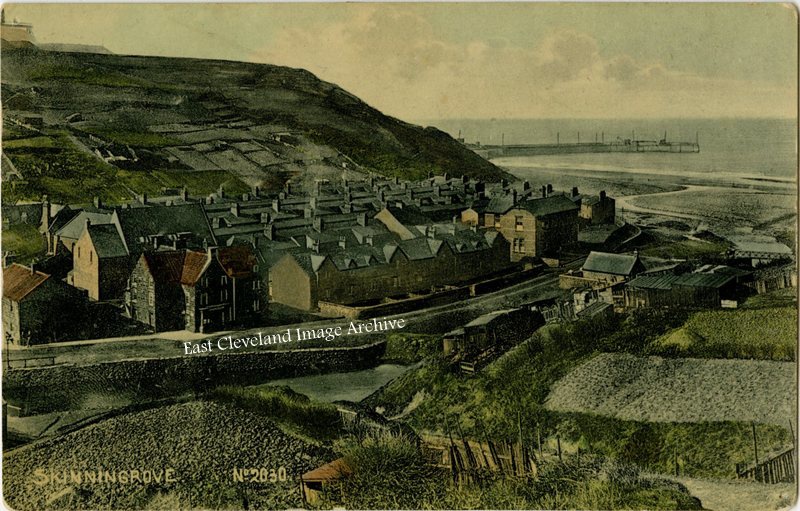
This Phoenix Series postcard (which having been handtinted and so dates from late 19th or early 20th century) shows the Miner’s Hospital and the original bridge spanning the stream.
Image courtesy of Olive Bennett.
|
|
||
 This Phoenix Series postcard (which having been handtinted and so dates from late 19th or early 20th century) shows the Miner’s Hospital and the original bridge spanning the stream. Image courtesy of Olive Bennett. 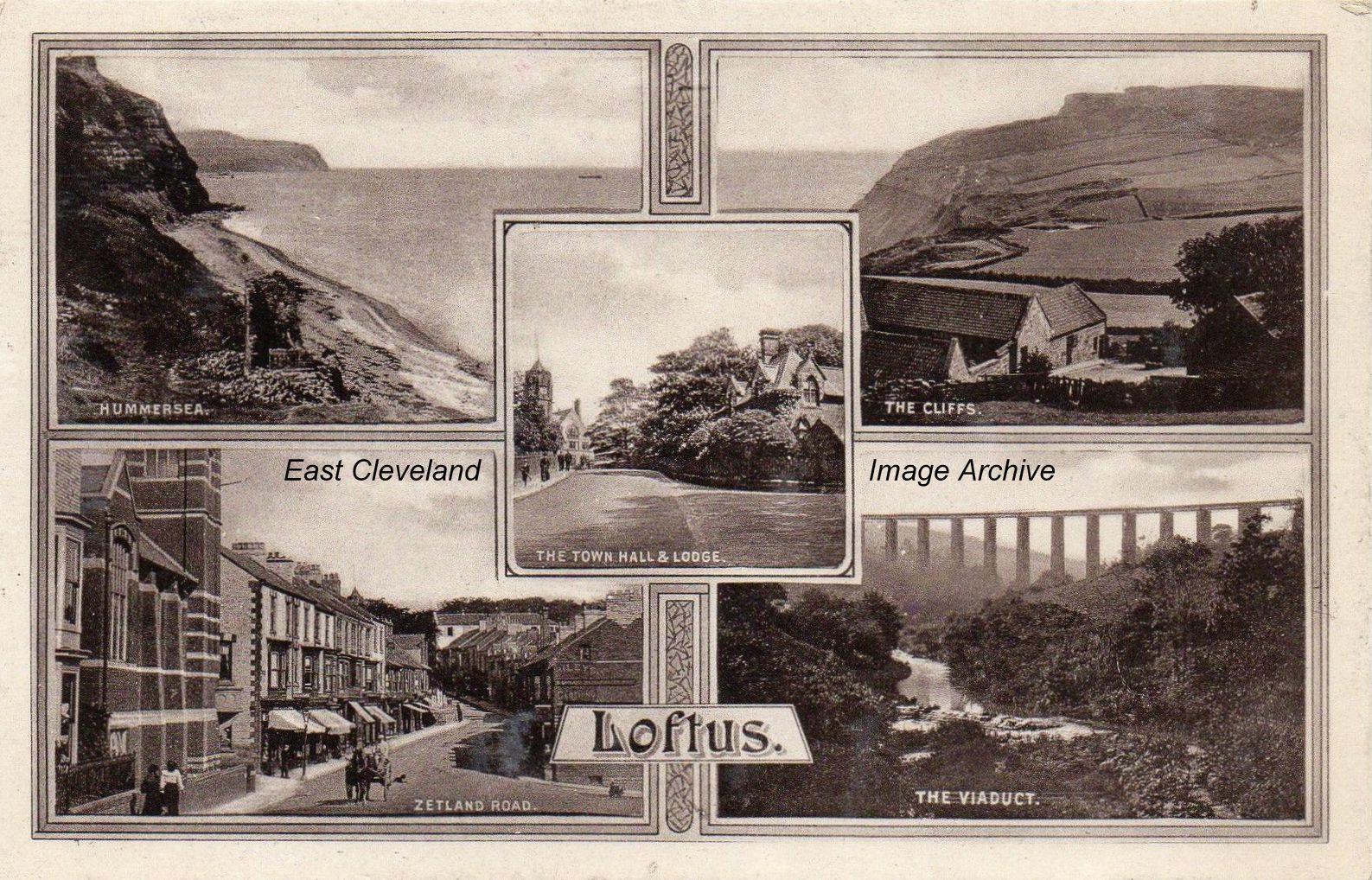 This T. C. Booth postcard we are unable to date, having been used, but with stamp (and postmark removed) we estimated it being from the first decade of the twentieth century. It has not however suffered in time, in excellent condition and but still with lovely views. Image courtesy of John G. Hannah 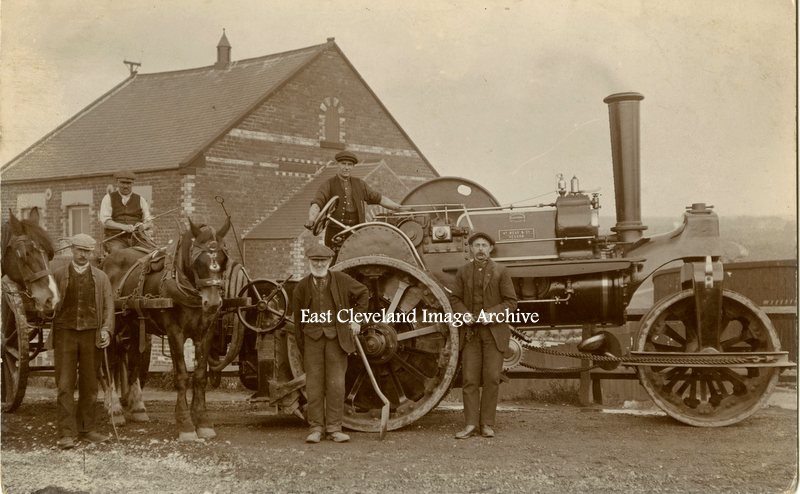 Roadmaking outside the Chapel at Carlin How with the steamroller in immaculate condition (on hire?) to Skelton & Brotton Urban District Council. Image courtesy of Olive Bennett. 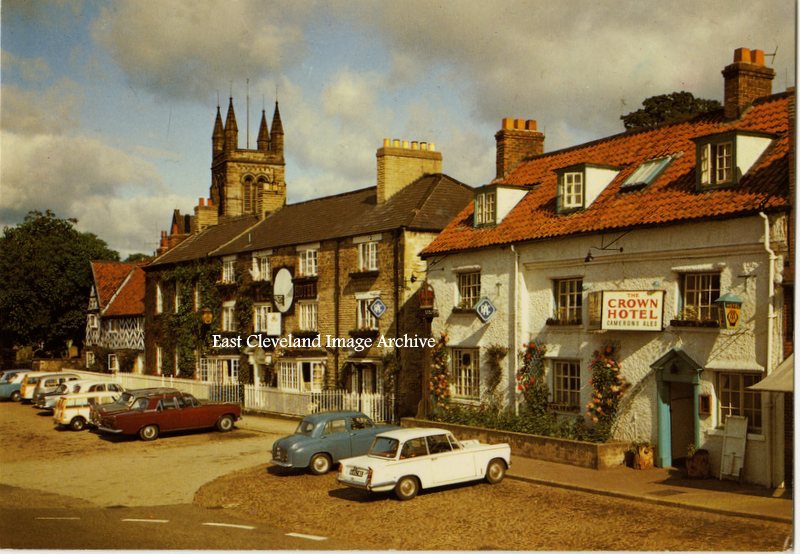 An Arthur Dixon coloured postcard from the 1960’s showing Helmsley on a quiet but very sunny afternoon. No squabbling over parking spaces then; there were plenty for all those affluent enough to possess a vehicle. Image courtesy of a friend of the ECIA. 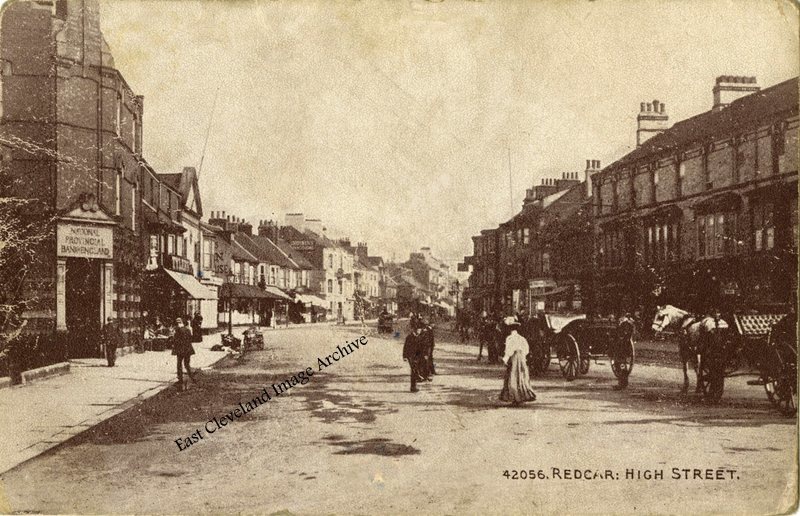 Now familiarly known as the Natwest (the National Provincial became the National Westminster finally shortening to its present title); the bank still stands in the same situation on Redcar High Street. The image is from a ‘Sepiatone’ postcard dating from the early 20th century. Image courtesy of Olive Bennett. 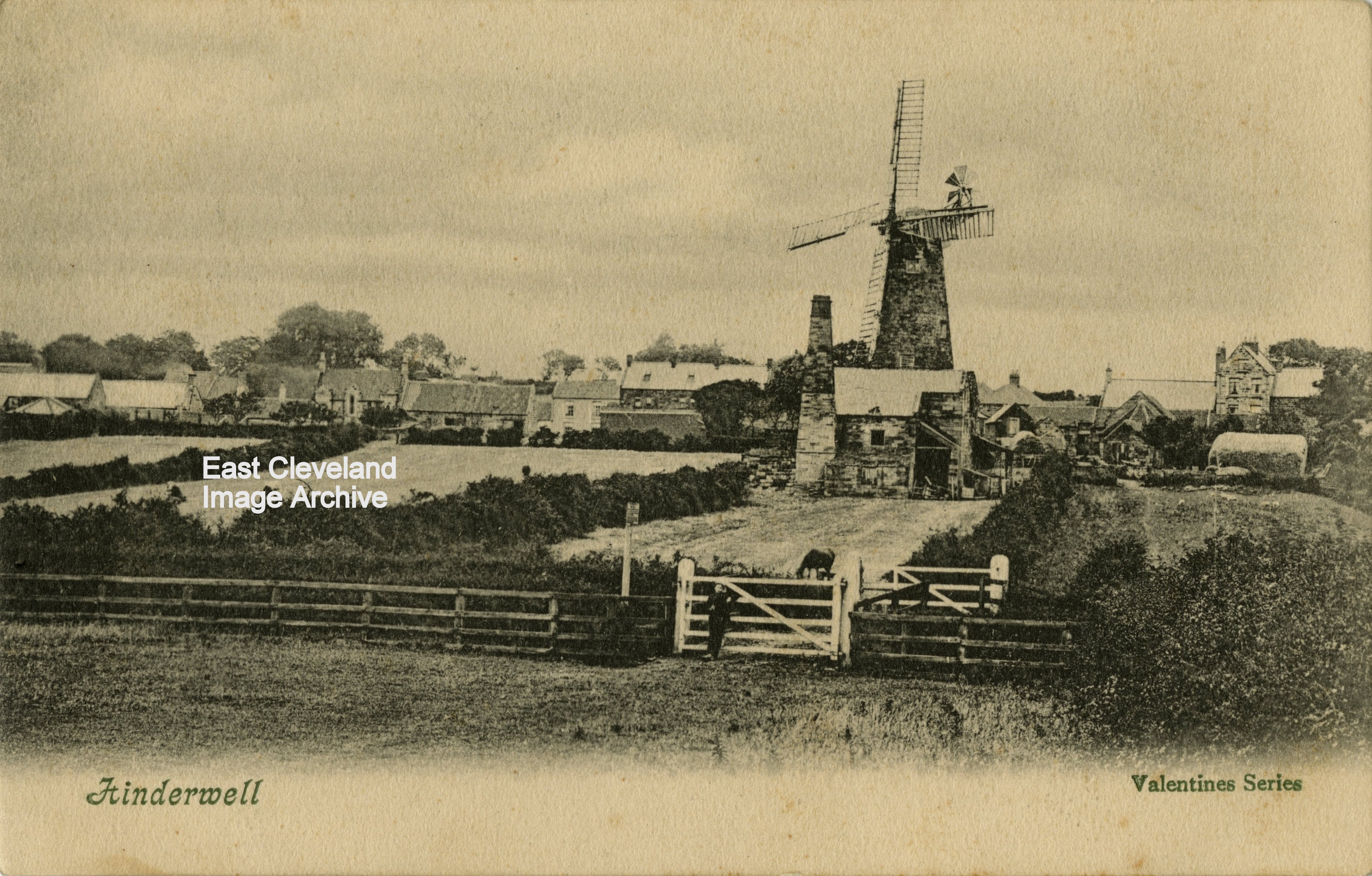 Hinderwell Windmill, a Valentines postcard dating from about 1895. The chimney showing the mill machinery was operated by steam engine at this date. The sails redundant and later removed. the gates in the foreground are a level crossing across the Loftus Whitby Railway. Wendy Wharton asks: “Do we know what year the windmill was built and was it part of Holme Farm that was built in 1726?” Can anybody assist? Image courtesy of Olive Bennett, thanks to Wendy Wharton for that query. 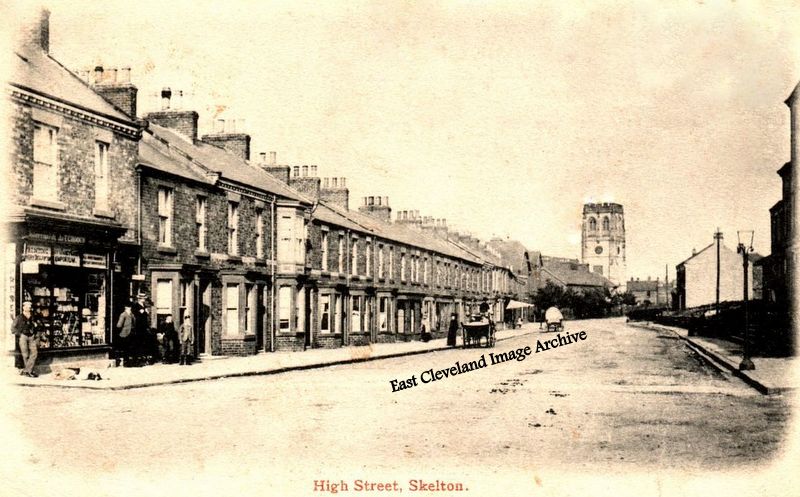 A postcard view looking eastwards along Skelton High Street, the houses on the south side beyond the Co-op building have not as yet all been completed. Peter Appleton has assisted with this information: “This image possibly is dated to between 1901 and 1911. In the 1901 census, the southside properties are pretty much as shown here. By 1911, most of the south side had been built. In November 1911 the Estate applied for planning permission to build three cottages to fill the remaining gap. These three cottages can be identified, even today, by an observant pedestrian. The secret is to study the lintels over the first floor windows. Those of the last three are of a slightly different colour of sandstone.” The Archive has since seen the post card, it being postmarked September 1906. Image courtesy of Peter Appleton and Olive Bennett; many thanks to Peter Appleton for the update. 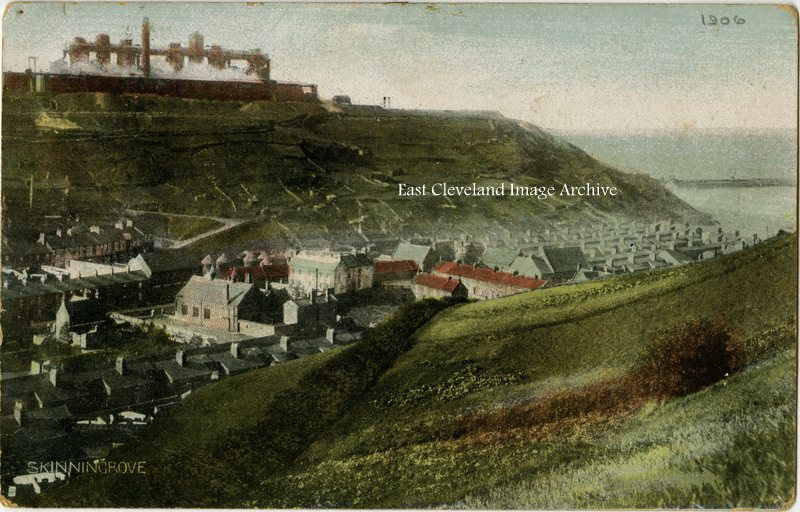 Skinningrove valley, a tinted Edwardian postcard, with the five old hand charged furnaces dominating the skyline. Post marked 13th June 1906 gives a reason for the absence of the coke ovens. 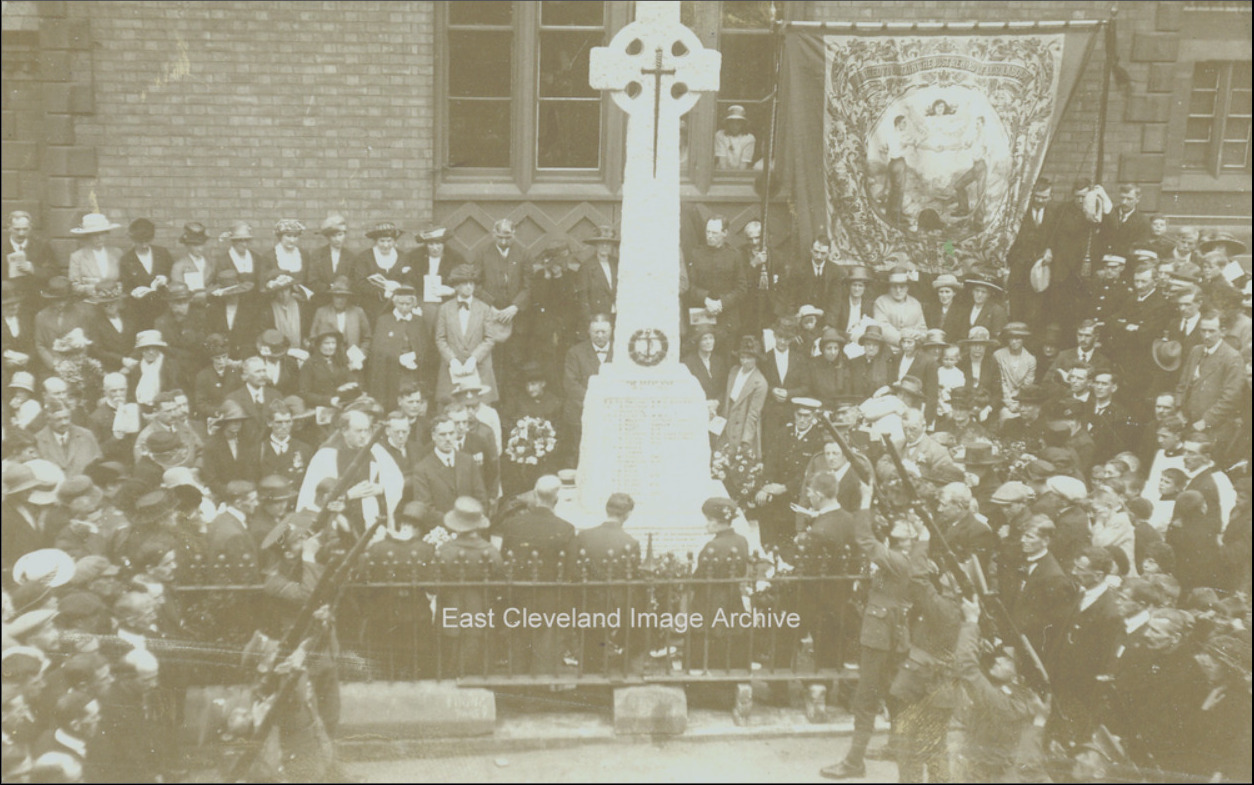 The Service of Dedication for the Memorial included a volley of rifle fire, which this images shows. Chris Colbeck advises us: ”I have same picture postcard which came from father Mr Edgar Colbeck, who was apprenticed at William Arrowsmith Monumental Masons from 1928. The text on the back of the card states: Skinningrove War Memorial; In Cornish Rustic Granite. Transported, erected by William Arrowsmith. 15′ 0″ X 9′ 6″ X 6′ 6″ overall. Total Cost £190.” Image courtesy of East Cleveland Image Archive files and Cleveland Ironstone Mining Museum; many thanks to Chris Colbeck for that update. 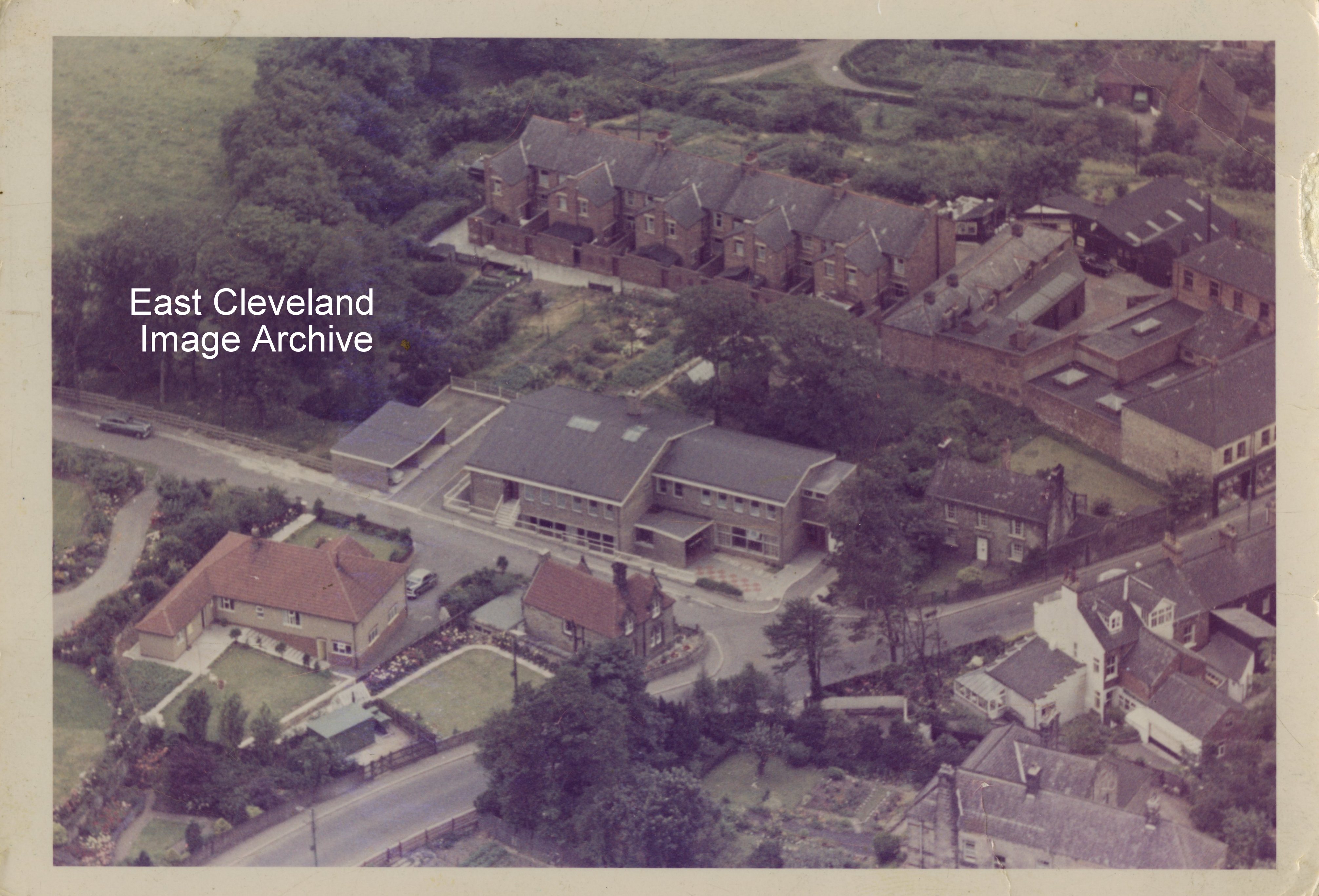 This aerial view of the Library was produced by Skyviews & General Ltd, Leeds; for the North Riding Council. Supplied 14th October 1964, very shortly after the Library was opened. Olive Bennett was the first caretaker for the Library and Clinic (which was the upper floor) of this dual-purpose building, with the pram shelter at the left of the car park. The building was demolished in 2023! Image courtesy of Olive Bennett. |
||
Recent Comments